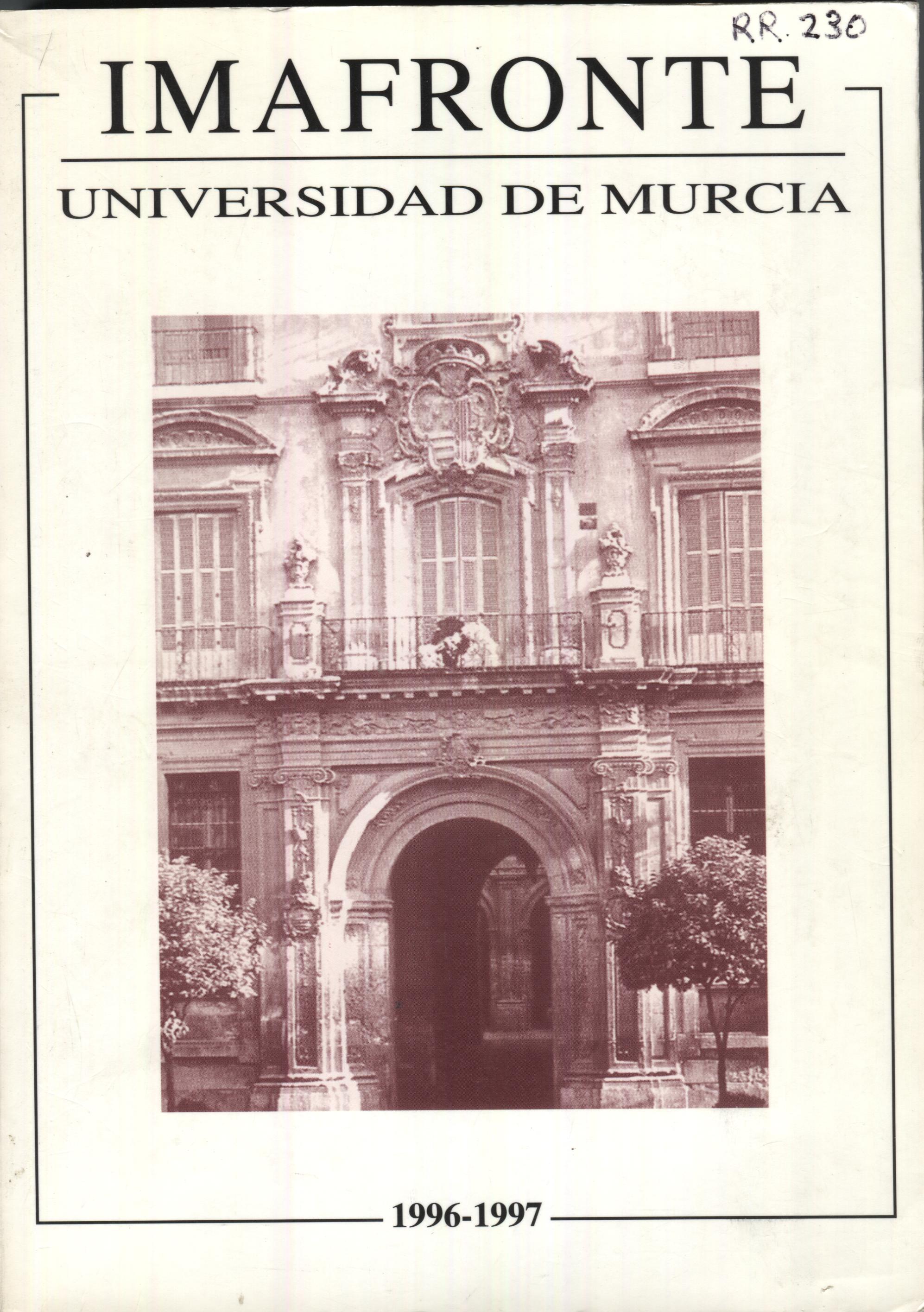SAGRARIO Y MANIFESTADOR EN EL RETABLO BARROCCO ESPAÑOL
Resumen
The altarpiece appenred as didactic iconography placed behind the main altar. But the valomtion that the Council of Trent gave to the Eucharist made this the predominant objective in the baroque period. Sheme, monstrance and tabeinacle are usually terms equivalent to the place where the sacred forms are kept. But the tabernacle has an additional meaning: momentality, It has the shape of a tower; the upper part is the monstrance, a transparent recipient in which the sucred form is placed for everlasting worship. The form is visible in the monstrance that is generally presented in a theatrical manner (scene), with a small curtain or revolving body. The altarpiece is part of the theatrical scenery, which helps to create more emotion when the holy sacrament is shown.Descargas
-
Resumen733
-
PDF974
Las obras que se publican en esta revista están sujetas a los siguientes términos:
1. Los autores ceden de forma no exclusiva a la revista los derechos de explotación (reproducción, distribución, comunicación y transformación).
2. Las obras que se publican en esta revista están sujetas a la licencia Attribution-ShareAlike 4.0 International (CC By SA 4.0). Por lo que se pueden copiar, usar, difundir, transmitir y exponer públicamente, siempre que:
i) se cite la autoría y la fuente original de su publicación (revista, editorial y URL de la obra), permitiendo así su reconocimiento.
ii) se permite remezclar, transfromar o crear a partir del material mientras se mantenga la misma licencia del original.
3. Condiciones de auto-archivo. Se permite y se anima a los autores a difundir electrónicamente las versiones pre-print (versión antes de ser evaluada) y/o post-print (versión evaluada y aceptada para su publicación) de sus obras antes de su publicación, ya que favorece su circulación y difusión más temprana y con ello un posible aumento en su citación y alcance entre la comunidad académica. Color RoMEO: verde.
























